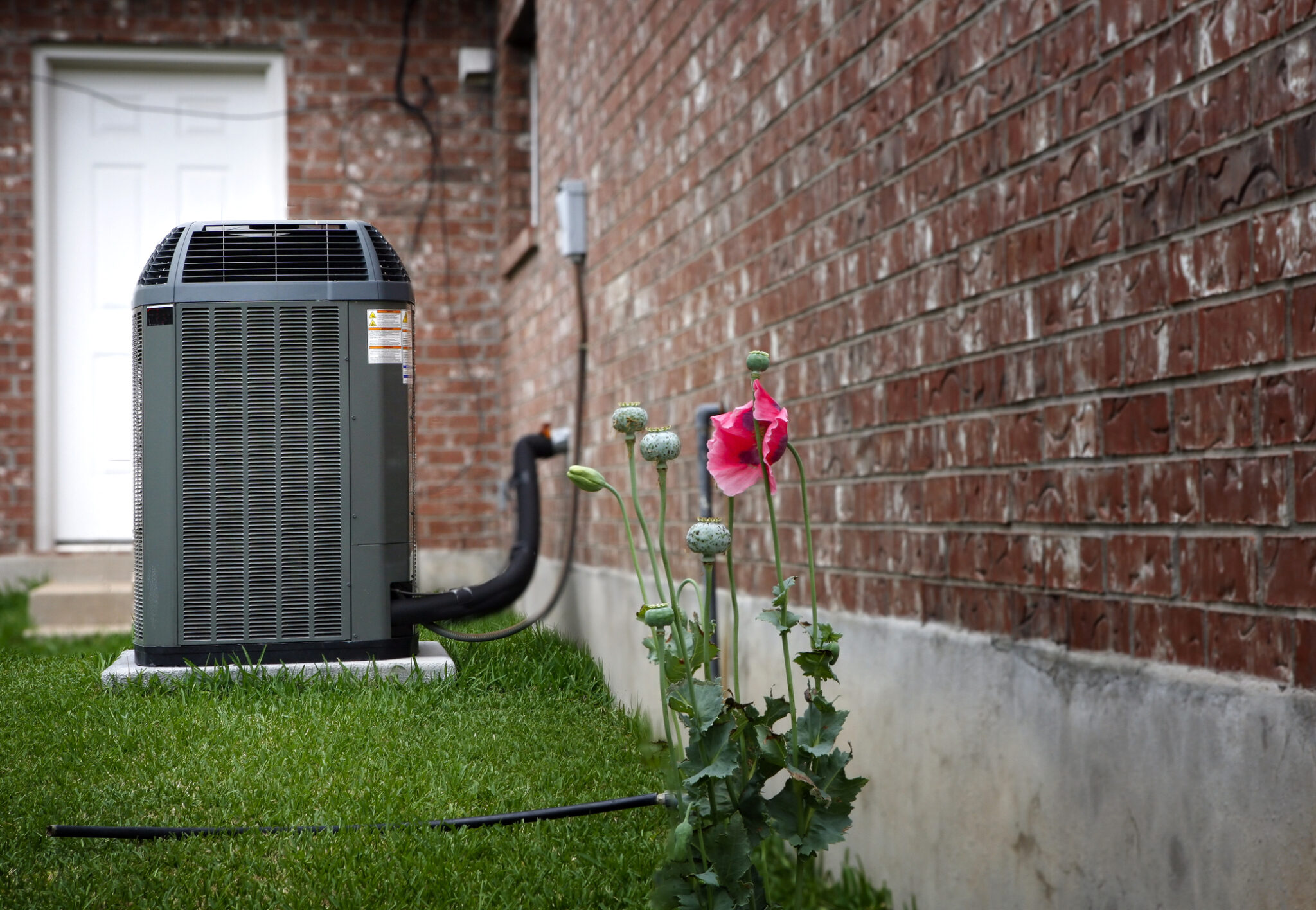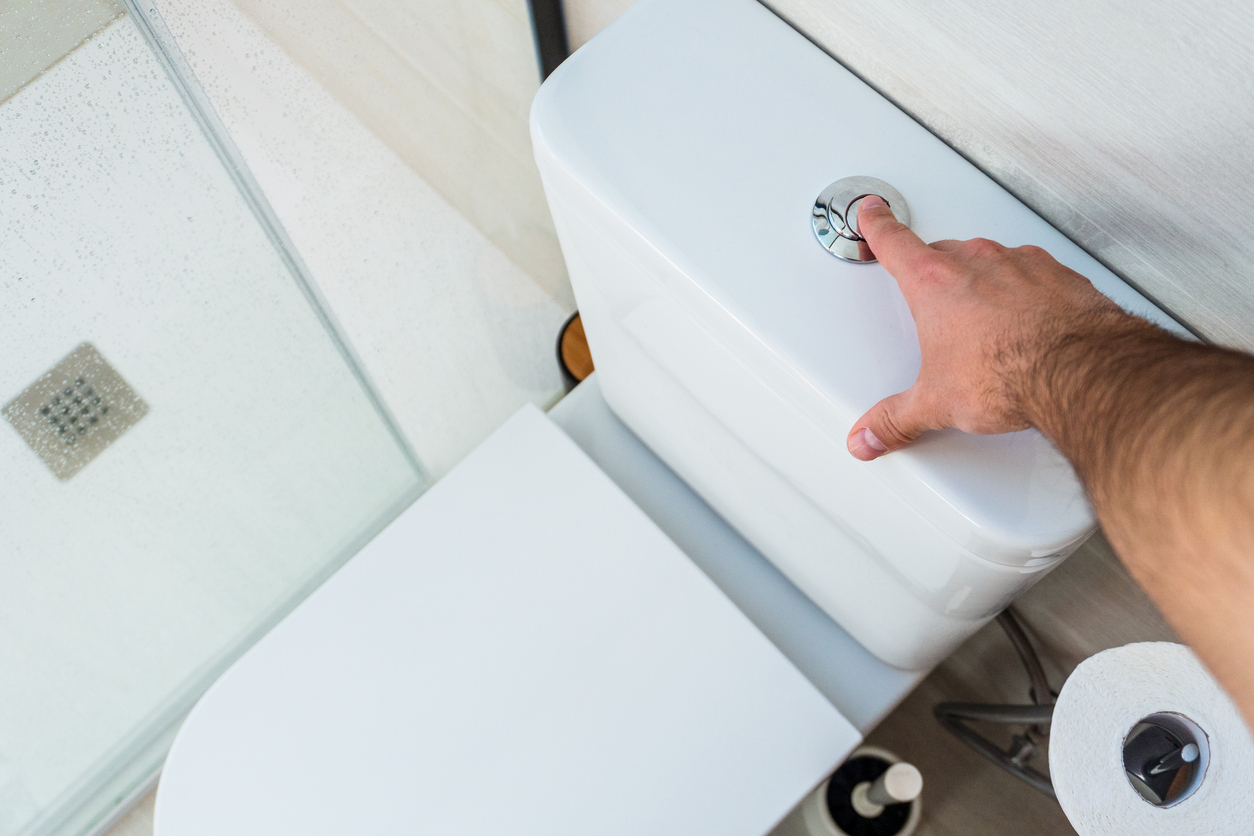When to Drain the Hot Water Heater?

Table of Contents
- Why is it important to drain and clean hot water heaters?
- How often should you drain your water heater?
-
How To Clean Out a Water Heater
- Step 1: Turn off your water supply.
- Step 2: Turn off your water heater thermostat.
- Step 3: Connect a hose to the drain valve.
- Step 4: Turn on all the hot water faucets.
- Step 5: Open your water heater’s drain valve.
- Step 6: Turn your water supply back on.
- Step 7: Disconnect the hose from the drain valve.
- Step 8: Leave all the hot water faucets turned on.
- Step 9: Reset the thermostat.
- Conclusion
- Don’t neglect your water heater—schedule your flushing service today!
As homeowners, we all know how important it is to maintain our appliances and keep them in good working condition. Your water heater is no exception. A water heater is an essential appliance because so many of our daily activities require hot water, and in colder climates, a water heater may even be necessary for survival.
A water heater provides hot water for many daily activities, including showers, washing dishes, and laundry to name a few. This post will discuss the importance of water heater maintenance, specifically how to and why to drain the hot water heater.
Why is it important to drain and clean hot water heaters?
Typically, a water heater is designed to last for years, but it needs proper maintenance to perform at its best. When a water heater is not adequately maintained, it can lead to several issues, such as sediment buildup in the tank.
Sediment is a natural byproduct of heating water and consists of minerals, such as calcium and magnesium, that settle at the bottom of the tank. Over time, sediment buildup can negatively affect the efficiency of your water heater, causing it to work harder and use more energy.
Another issue that can arise from neglecting water heater maintenance is corrosion. Corrosion occurs when the metal tank is exposed to oxygen and water, leading to rust buildup. If left untreated, corrosion can lead to leaks and potentially even a burst tank, damaging your home.
If you regularly clean the hot water heater, this will help prevent corrosion. Flushing your water heater involves draining the tank and removing any sediment buildup. Doing this will improve your hot water heater’s efficiency and extend its life span.
How often should you drain your water heater?
How often you drain the hot water heater will depend on several factors, including the tank’s size, the water’s hardness, and the number of people in your household. Generally, experts recommend that you flush your water heater at least once a year. However, if you have hard water or a large household, you may need to increase that to two or three times a year.
Some people question why drain a water heater and the answer is because draining your water heater and conducting regular maintenance will keep the heater running efficiently and prevent costly repairs. Neglecting maintenance can lead to issues such as reduced efficiency, higher energy bills, and even potential safety hazards.
How To Clean Out a Water Heater
Step 1: Turn off your water supply.
The first step in draining your water heater is to cut off the water supply. For newer buildings built following new building codes, you can turn off the water supply where it is connected to the heater. However, you may have to cut off the water supply at the mains in older homes.
Step 2: Turn off your water heater thermostat.
Don’t forget to turn off the thermostat when you clean the hot water heater regardless of whether you have a gas or electric water heater. You can utilize the “vacation mode” feature, which most water heaters have. In gas water heaters, you need to turn off the gas supply valve too.
The purpose of this step is to prevent damage to your water heater tank when all the water gets drained out.
Step 3: Connect a hose to the drain valve.
Look for your water heater’s drain valve and connect a hose. Ensure that the other end of the hose leads to a drain or channels carrying wastewater.
If you just let the water drain outside your house, do it far from the foundations. The water flowing out is hot; don’t drain it near your lawn and plants.
Step 4: Turn on all the hot water faucets.
To help drain the hot water heater faster, turn on all the hot water faucets, as this will create a vacuum that traps liquids and allows them to drain out of the heater faster.
Step 5: Open your water heater’s drain valve.
When you open the drain valve, ensure the water flows directly where you want it. Observe the water flowing out and the sediment deposits that come with it.
If there’s no water coming out, you’re likely dealing with a clogged drain valve. If the drain valve is clogged, you can turn on the temperature-pressure release to drain all the remaining water in the hot water pipes. Next, you can use a dry or wet vacuum to suck the blockage from the clogged drain valves.
If these methods don’t work, remove the tank’s temperature-pressure release valve and drain all the remaining water by sucking it out using the same vacuum. You might need to replace your water heater’s drain valve if you do this.
Step 6: Turn your water supply back on.
After draining all the water, turn your water supply back on to rinse out all the remaining sediments. Leave it open for a few minutes and check if the water flowing from the drain valves is already clear. Once there is no sediment left, turn the water supply off.
Step 7: Disconnect the hose from the drain valve.
Once there is no remaining sediment in the water heater tank, disconnect the hose. Check the opening of the drain valve and make sure it is also free of sediments. Close the drain valves and turn the water supply back on.
Step 8: Leave all the hot water faucets turned on.
To drain the hot water heater, let the water from the supply line flow out of the hot water faucets to help eliminate the trapped air inside the faucets. There’s no need to be worried or surprised if the water that comes out contains rust or sediments; this is part of the process, and it will clear in a minute or so.
Step 9: Reset the thermostat.
The last step involves resetting the thermostat to your desired settings. For gas water heaters, remember to reopen the gas supply valves. Allow your tank to fill for a few minutes and wait until it provides hot water again.
Conclusion
Regular maintenance of your water heater is crucial to ensure that it runs smoothly and efficiently. Neglecting to flush your water heater can lead to several problems, including decreased efficiency, higher energy bills, and even costly repairs. It is recommended that you have your water heater flushed and cleaned at least once a year, but the frequency may depend on several factors, such as usage and water hardness.
Don’t neglect your water heater—schedule your flushing service today!
Don’t wait until your water heater fails to schedule a water heater flushing service. Contact Absolute Electrical Heating and Air today and ask about our thoroughly professional yet competitively priced water heater flushing service. Our team of experienced and licensed plumbers will provide you with reliable and efficient water heater flushing service. Call us now to schedule an expert plumber in Castle Rock, CO.
CONTACT US
Request Service


Save Every Year with an Absolute Advantage Membership
Expert Annual System Safety Inspections & More
- Priority service
- Waived dispatch fees
- Yearly furnace, A/C, & electrical system inspections
- 10% discount on repairs and additional diagnostic services
- Up to $500 off HVAC & electrical panel replacements







